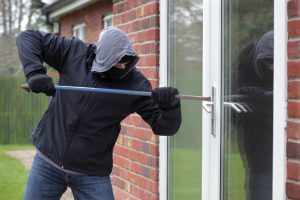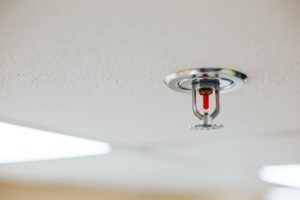Worker safety is always important in any industry, but in particular, construction and industrial crews are more exposed to hazards that can affect their health. This is especially true when one counts the number of accidents that occur in these workspaces. Here are some effective ways to prevent mishaps in your construction site.
Invest in Fall Protection Equipment
In Florida, rigging companies are implementing fall protection practices to keep workers safe from unexpected drops. Aside from conducting seminars because of the zone’s high rate of accidental falls, these companies are also using army-approved equipment to ensure that workers don’t fall.
This type of equipment also ensures that in the event of a slip or trip, the workers will be able to stay safe. This prevents a full drop from a high height and is crucial in preventing fatalities and severe injuries. Construction standards require proper fall protection equipment to be installed when employees are working from a height of eight feet, but this can be installed from as low as four feet.
Communication is Key

Many injuries come from chemical exposure, accidentally coming into contact with hardware or live electric components, and falling into hazardous zones. This often occurs when there are not enough warning materials properly distributed around and placed on the proper areas.
Communication is a key factor in preventing accidents and informing workers about potential hazards. This can cover many things, from basic safety warnings and labels to more in-depth instructional materials that indicate if a particular item or area would require specialized uniforms or extra gear to interact with.
Along with this, each worker should be properly taught what each symbol, acronym, and term means so that any type of signage is clear to everyone. On top of this, workers should be provided emergency tools that they may need in the event that they come across these hazards anyway.
Scout Your Soil
Since construction more often than not involves steep inclines and trenches, builders should check the nature of their soil before sending in workers to start building. A lot of unforeseen accidents happen because of unintended collapses and cave-ins. Make sure you inspect the soil, especially if the area is prone to rains and vibrations that can affect the movement of the ground. Excavations and sloping all factor in, and the safety measures entailed vary depending on the type of soil your crew will be working on.
From identifying your soil, you can move on to putting in protective measures such as shoring and shielding supports and emergency exits. This ensures that even when the stability of the soil is compromised, your workers can still have safety nets that will allow them to escape or remain unharmed.
By providing a safer environment for workers, a more productive and motivated mindset is also instilled. This is a win for all parties involved because everyone benefits from a stable and sustainable livelihood. You can also stay compliant with the existing industry and safety standards, and therefore, avoid hefty fines and other penalties.



















